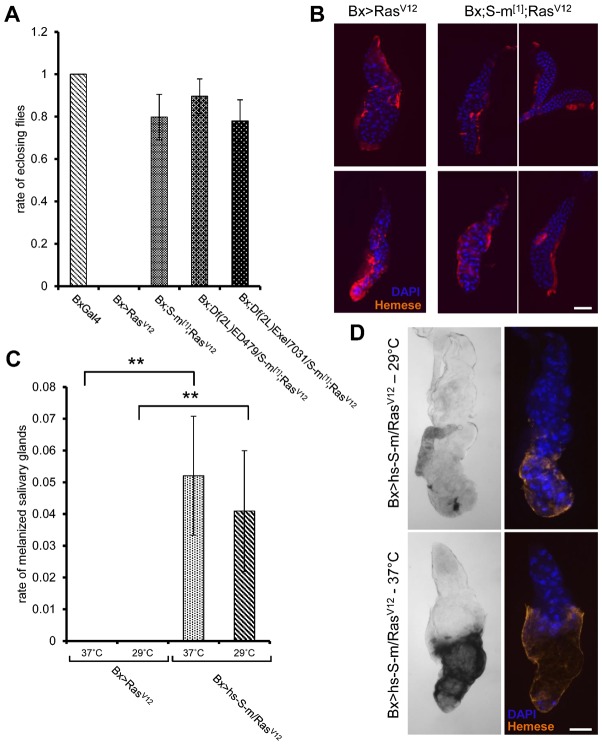Fig. 5. Santa-maria modifies the phenotype of RasV12-expressing larvae.
(A) Increased survival rate of RasV12-expressing larvae in a santa-maria mutant background. The percentage of eclosed flies at 25°C is shown for the indicated genotypes. (B) Partial restoration of normal histology of RasV12 salivary glands in a santa-maria mutant background. The hemocytes are labeled with the Hemese antibody and nuclei are stained with DAPI. RasV12-expressing glands were combined with the mutant background at either 25°C or 29°C (note the more regular pattern of DAPI staining in the mutant background, which was observed in about 1/3rd of the glands, shown in the right part but not in others shown in the left part). (C) Overexpression of Santa-maria leads to melanization of RasV12-expressing salivary glands at the larval stage. The rate of melanized glands is shown for the indicated genotypes. The difference between RasV12-expressing larvae before and after overexpression of Santa-maria is 0.005 and 0.008 for 37°C and 29°C, respectively. (D) Induction of melanization in RasV12-expressing larvae after induction of Santa-maria using heat shock (BxGal4/+;;hs-santa-maria/UAS-Ras85DV12) at 29°C or after heat shock (37°C), representative melanized salivary glands are shown in transmission light and after staining with anti-Hemese to reveal plasmatocytes and DAPI for nuclear staining. Scale bars: 200 µm.

